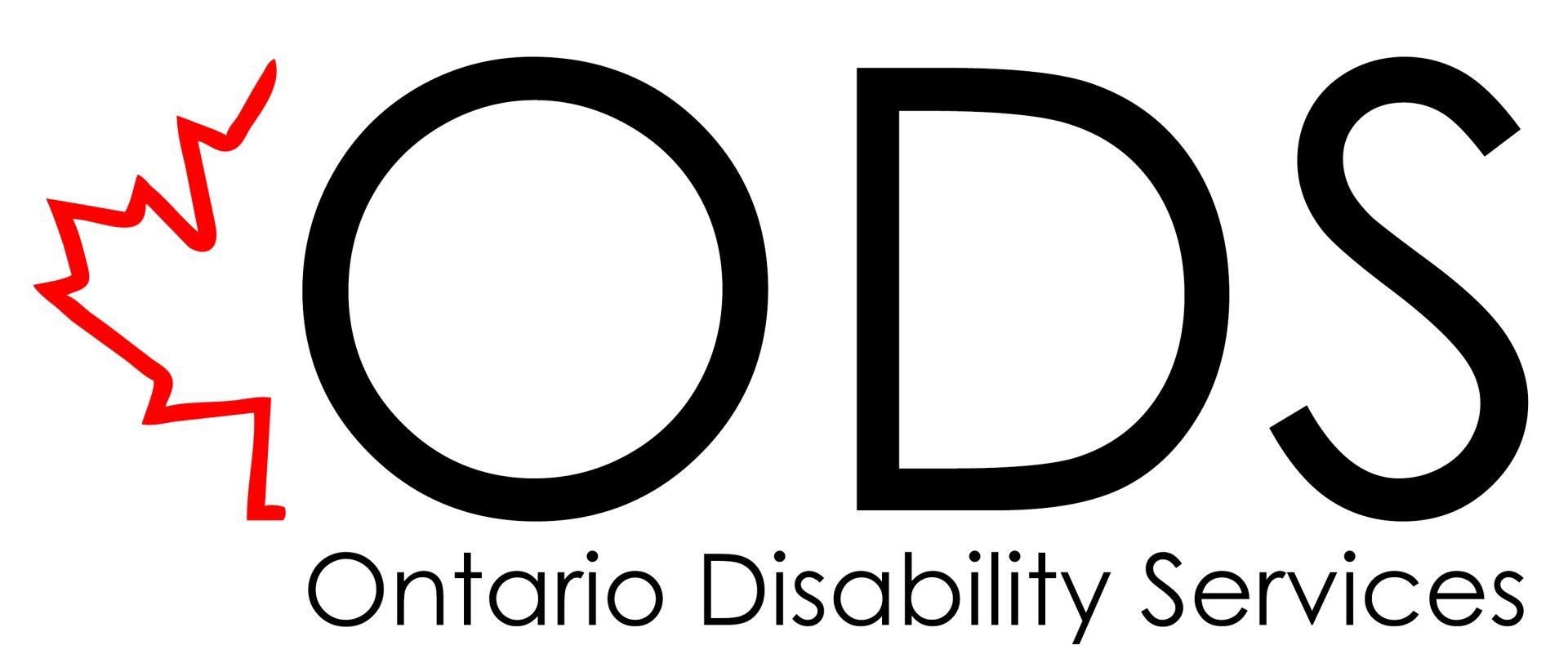Canadians With Disabilities NEED The DTC & RDSP! Why Is the CRA Making It So Difficult?

The Disability Tax Credit (DTC) and Registered Disability Savings Plan (RDSP) are crucial to Canadians with disabilities. Twice as likely to live in poverty compared to other Canadians, these federal programs were created to provide economic supports to the 1.8 million Canadians suffering from severe disabilities who incur additional costs as a result of their disabilities that other Canadians do not, such as medication and transportation – just to name a few!
However, many with physical disabilities and serious mental health issues are being denied crucial tax credits due to a change in eligibility criteria.
Why?
If you are a Canadian living in low income with a severe disability, you have to prove your disability status to your provincial government to claim disability supports, and then "reprove" your status to the federal government to gain eligibility to the DTC to set up an RDSP.
The RDSP helps people with severe disabilities and their families to save for the future and the idea of the program was hailed as one of the most progressive savings plans in the world. Yet the reality is less favourable as fewer than 15 per cent of Canadians with qualifying disabilities are accessing this program.
In fact, it turns out the CRA rejected more than 45,000 applications in 2016-17 compared to 30,235 the year before — an increase of nearly 50%.
Why haven’t we heard more about this?
Well, it wasn’t until Diabetes Canada and the Juvenile Diabetes Research Foundation sounded the alarm last fall that this issue even came to light. Senators studying the problem found out that many Canadians were being denied due to a change in the clarification letter — a document the CRA sends to doctors to validate patients’ claims for the tax credit.
For example, in the case of people with diabetes, the letter said that only in rare cases would a diabetic need 14 hours per week to administer insulin therapy, meaning most diabetics would not be eligible for the tax credit.
On top of everything else, completing these applications is not without cost. People can pay hundreds of dollars to their physicians to complete an application form certifying their disability (in some cases every year) — a certification that is out of touch with global standards of disability determination. As well, many bank branches simply do not support in-person set up of the RDSP.
It is unclear why anyone who meets the strict criteria for provincial disability supports would not be entitled to the DTC and RDSP.
According to a report by CBC News, National Revenue Minister Diane Lebouthillier provided an apology for these “unintended consequences” faced by thousands of Canadians.
But we need to do better.
For the sake of transparency, Canadians applying for the tax credit should at the very least be given specific reasons why their applications are rejected. A report was recently released titled, Breaking Down Barriers: A Critical Analysis of the Disability Tax Credit and the Registered Disability Savings Plan
, and was designed to improve the process and make it fairer for all Canadians who are eligible for these benefits. It can be found by clicking here.
Basically, the report is urging the federal government to act on these recommendations so those people living with disabilities receive the support they deserve!
As an advocate for those with disabilities, David H. Blascik, CFP’s, mission is to help every client recover ALL Disability Tax Credits that may have gone unclaimed over the past 10 years. He has worked with many different variables and has helped individuals receive up to $4,000 a year – tax free!
Being approved for the DTC is also a precondition for accessing a number of other benefits, including RDSP.
Do you qualify to receive substantial refunds via the DTC and related programs?
David specializes in all processes involved with Disability Tax Credit applications, is happy to meet with you for a free no obligation consultationtoday!


